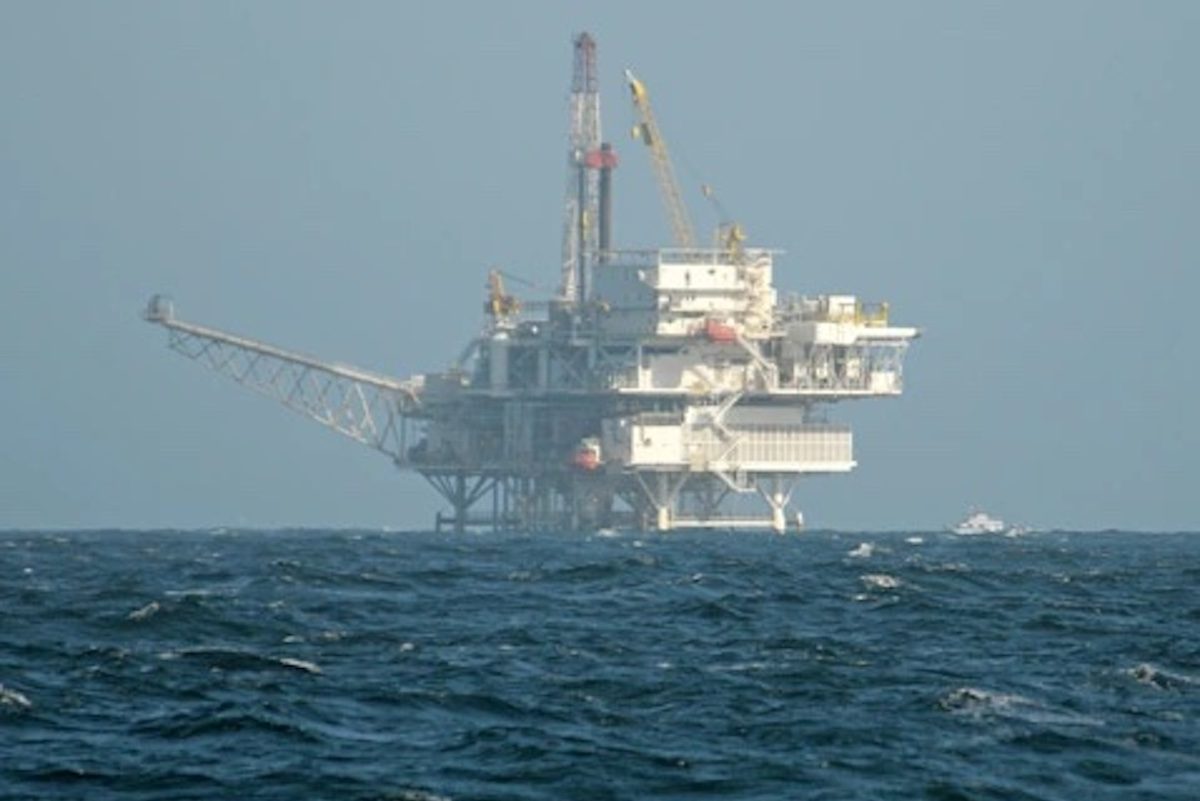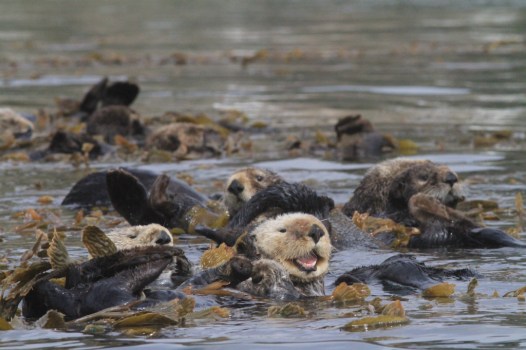A Win for the Pacific Ocean at the Supreme Court
Environmental Defense Center Halts Fracking in the Santa Barbara Channel Until All Reviews Completed

Santa Barbara’s Environmental Defense Center caught a big win this Monday for the Pacific Ocean habitat and all who live in it when the Supreme Court refused to hear a challenge from the American Petroleum Institute to allow fracking and acidizing from offshore oil rigs.
“The funny thing is,” said Maggie Hall, a senior attorney with the Environmental Defense Center (EDC), “the American Petroleum Institute didn’t take this to the Supreme Court on the merits of fracking and acidizing, but over whether the environmental assessment had been a ‘final agency action,’ a technical argument that would have prevented us from filing suit in the first place.”
California’s attorney general, Rob Bonta, whose office joined the EDC’s case under Kamala Harris in 2016, said, “The science and the law were on our side, and the Supreme Court agreed that there was no reason to continue this litigation.”
While the litigation in this case has ended, American Petroleum Institute (API) indicated production from offshore platforms would not: “Access to the vast energy resources offshore is essential for meeting the growing demand for affordable, reliable energy while achieving our climate goals,” said Holly Hopkins, vice president for API Upstream Policy. “API will continue to work with policymakers to advance opportunities that allow for the safe and responsible development of the Outer Continental Shelf.”
The first lawsuit was filed after the EDC uncovered an increasing number of fracking and acidizing permits among the boxes of papers they’d dug through via a Freedom of Information Act request made in 2013. The permits had been issued without any environmental review, despite the spills of fluids known to be occurring from the platforms in the Santa Barbara Channel. The chemicals used by the oil industry are considered a trade secret, but among them are hydrochloric and hydrosulfuric acid, used to unstick the gluey crude off Southern California and inherently toxic to most forms of life.

In the years since, an environmental review was conducted that was ruled inadequate, new litigants joined the case, and appeals were heard. The latter resulted in another win for the ocean when the 9th Circuit Court of Appeals ruled that federal agencies had violated the Endangered Species Act, the Coastal Zone Management Act, and the National Environmental Policy Act. The marine agencies in the Department of the Interior were required to consult with their wildlife and state partners — the toxic-oil-recovery processes could affect the southern sea otter, least tern, and western snowy plover, said Hall — and agencies were required to perform a full environmental assessment.
It was at this point that the American Petroleum Institute, ExxonMobil, and DCOR LLC submitted to the Supreme Court their petition for review, which the Department of Justice opposed on behalf of the federal agencies involved.
Hall stated the feds have started working on their consultations with agencies on the effects of fracking and acidizing on wildlife species. She said the public would have opportunities to weigh in on the talks with the California Coastal Commission in the Coastal Zone Management Act process as well as during the environmental review process. “Right now we have an injunction in place that prohibits the federal government from allowing fracking and acidizing, but these practices still remain a looming threat,” she said.
“Fracking and acidizing are inherently risky and dangerous because they involve the discharge of highly toxic chemicals into the marine environment. Especially with the climate crisis, it is critical that we focus on renewable resources instead of extracting every last drop of oil.”




You must be logged in to post a comment.